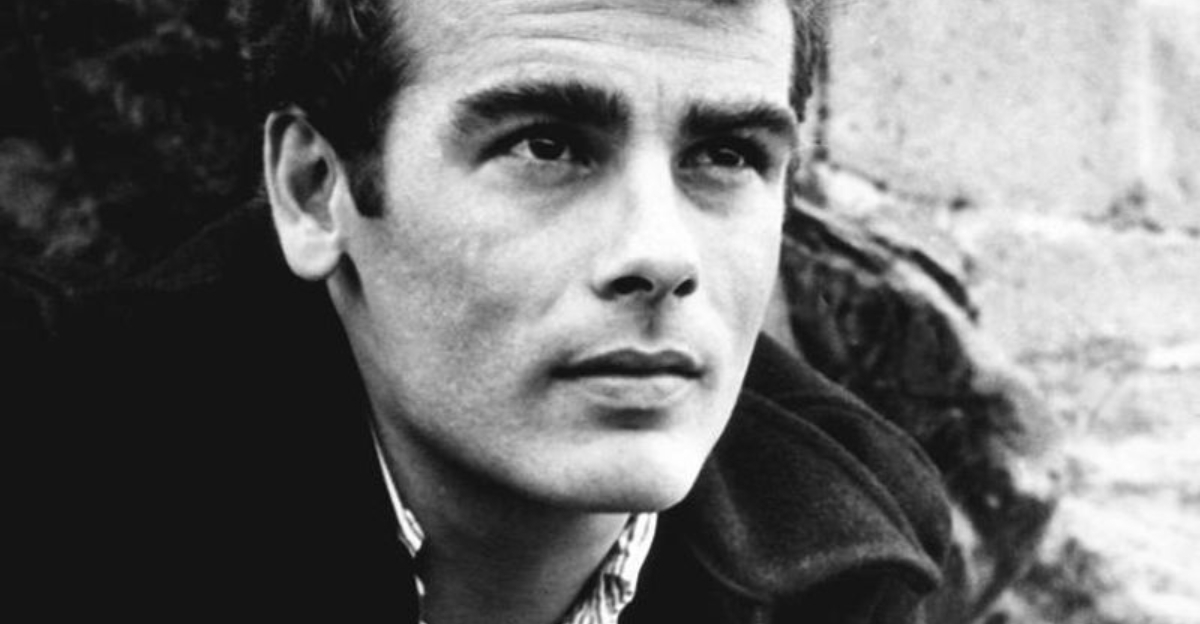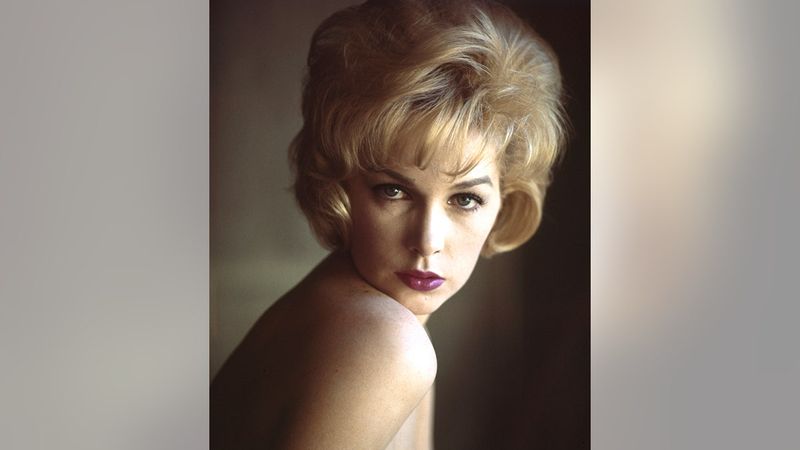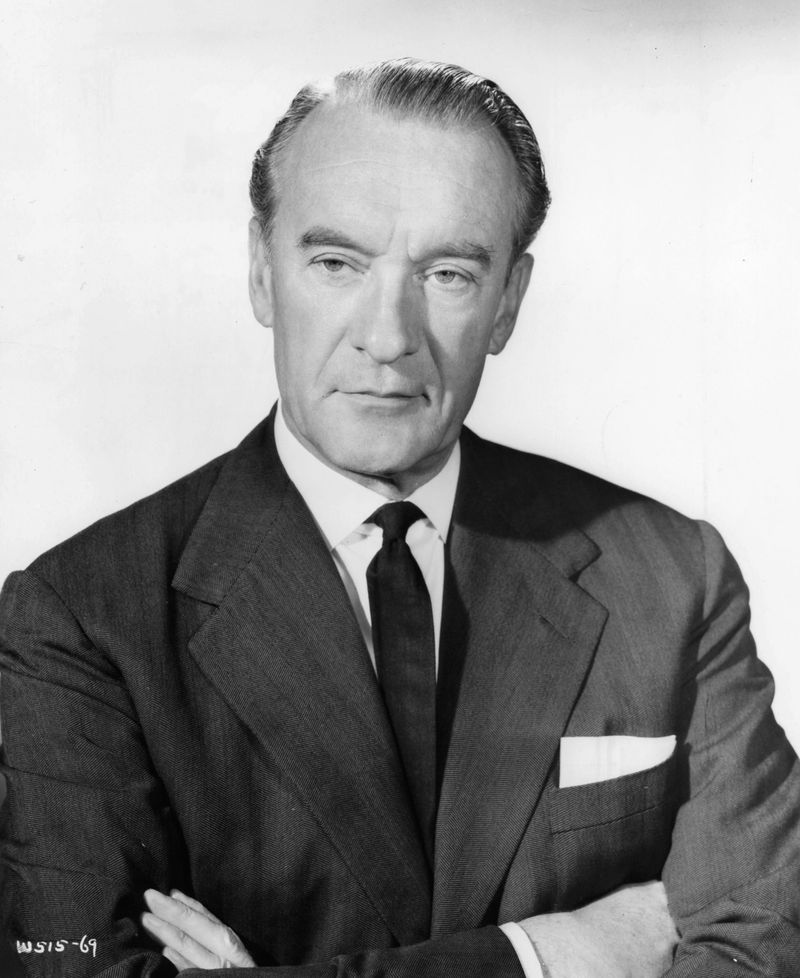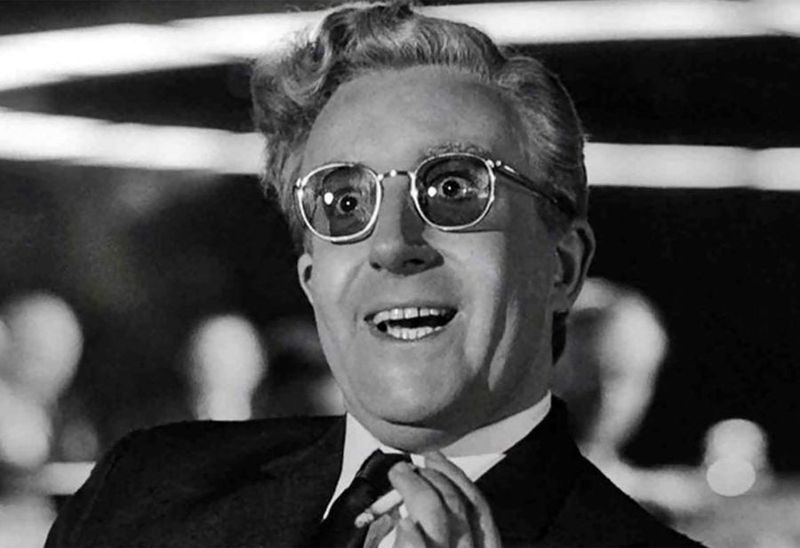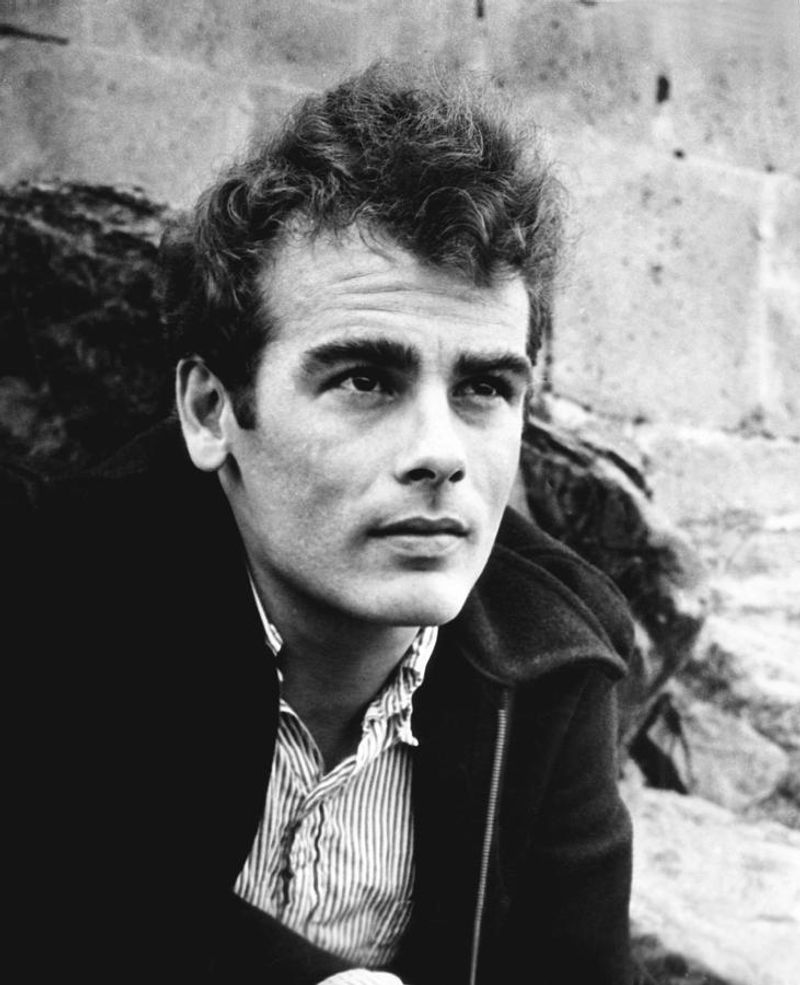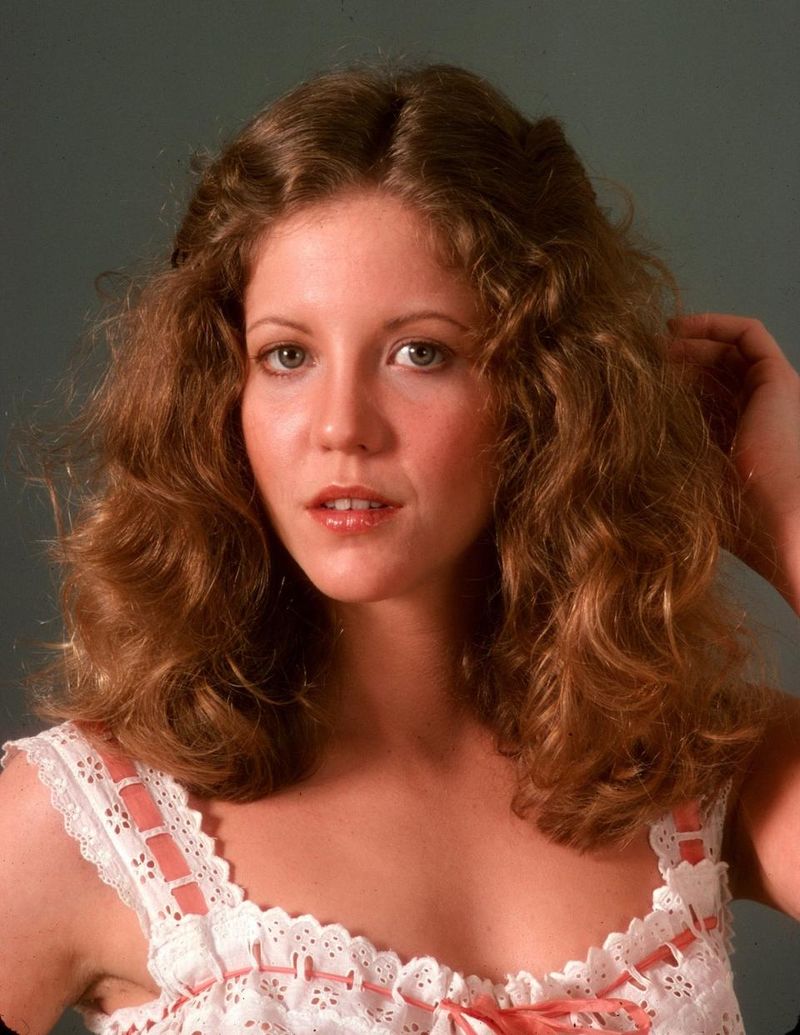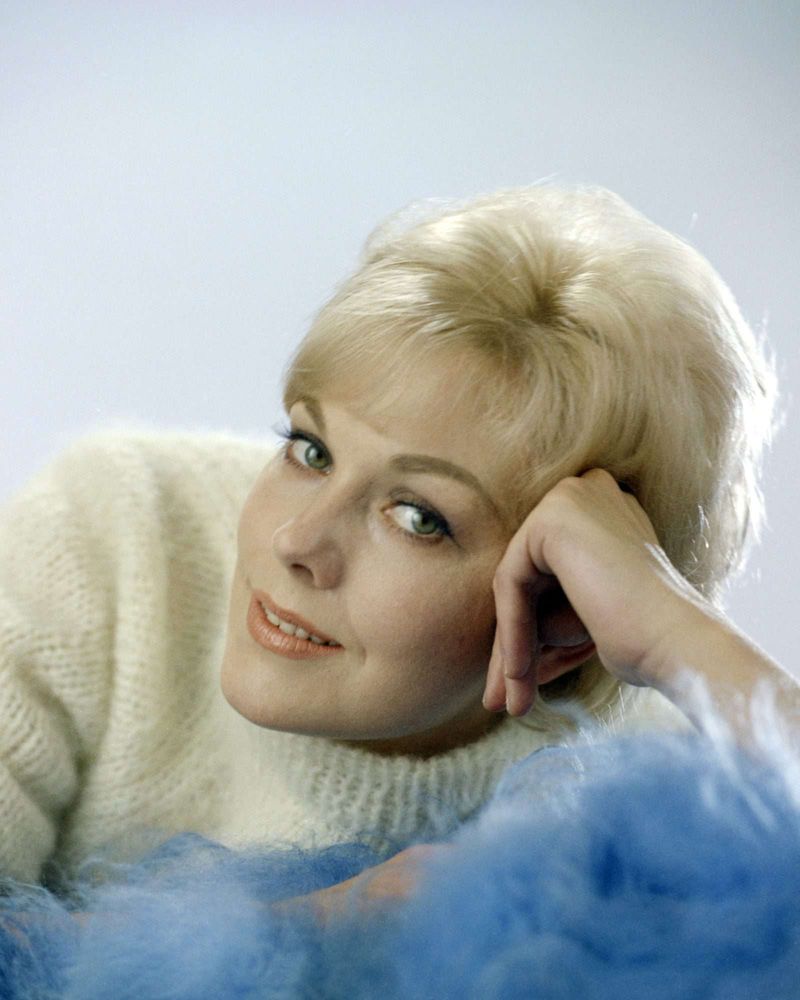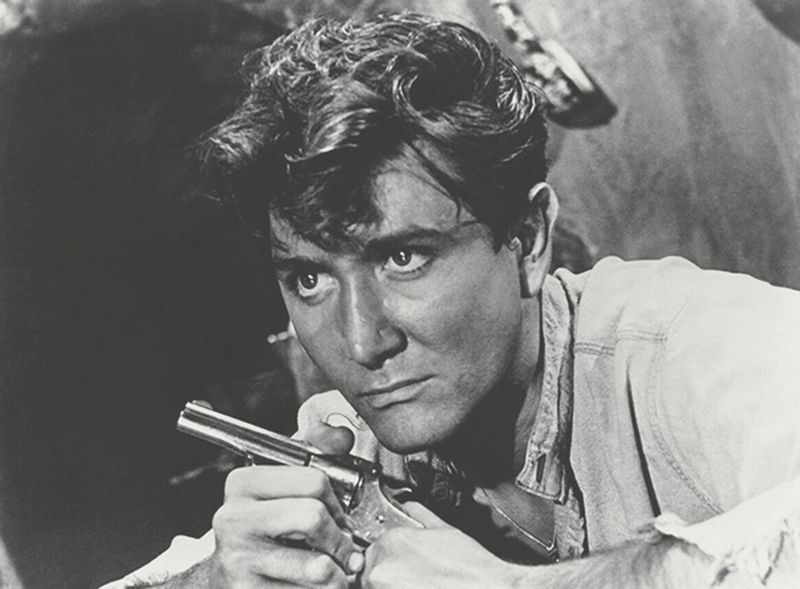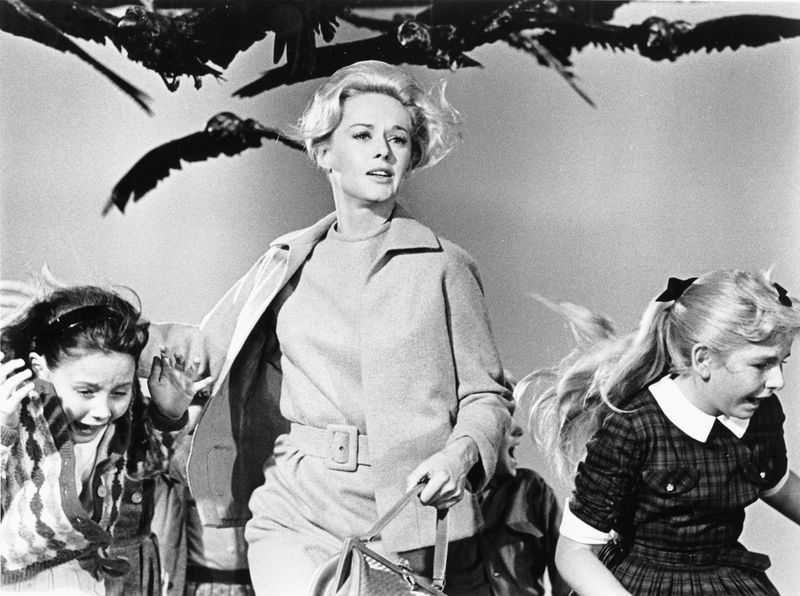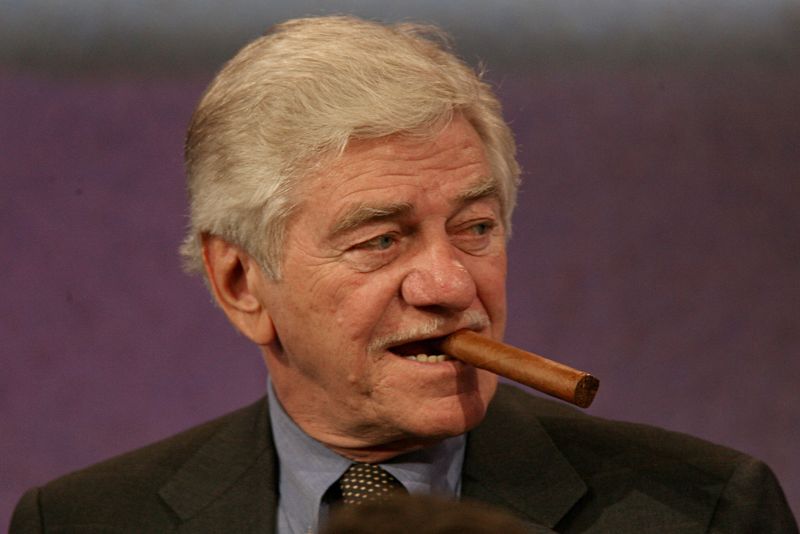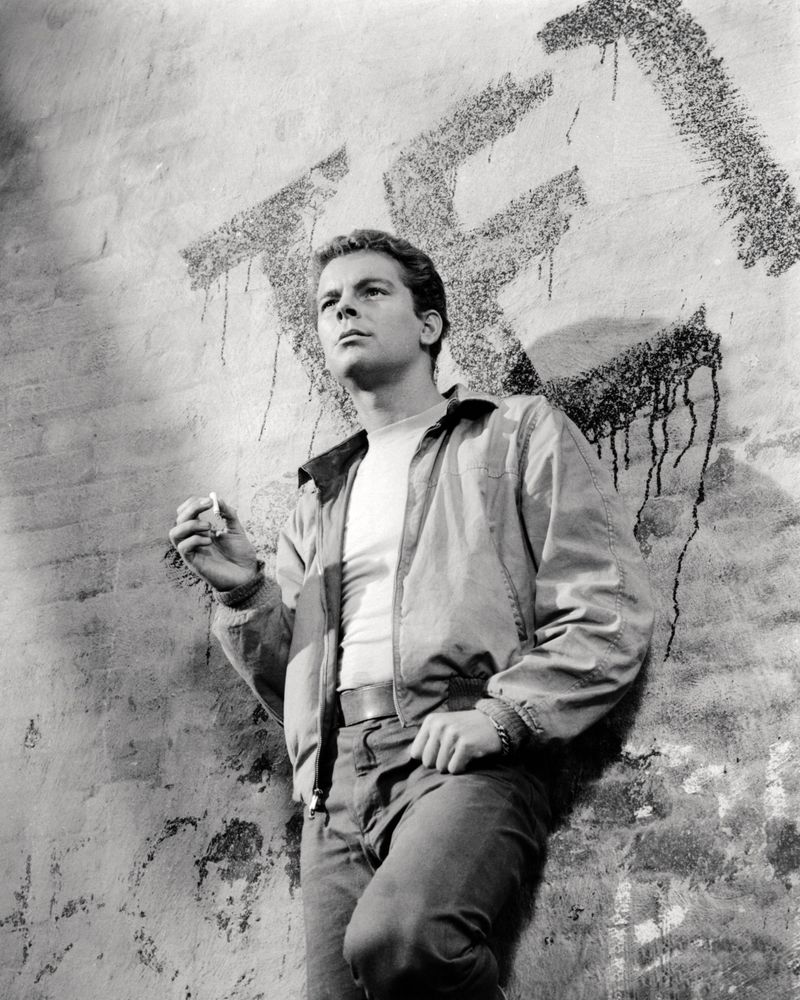The 1960s were a golden age for Hollywood, filled with stars who lit up our screens and became household names. These actors graced movie theaters and television sets across America, capturing our hearts with their talent and charisma. Yet as time marched on, many of these beloved performers gradually disappeared from the spotlight, leaving fans wondering where their favorite stars had gone.
1. Stella Stevens: The Bombshell Who Stepped Away
With platinum blonde hair and a magnetic screen presence, Stella Stevens captivated audiences opposite Elvis Presley and Jerry Lewis. Her Golden Globe win in 1960 seemed to herald a lengthy career at the top. Hollywood’s notorious gender bias gradually limited her opportunities, however. Rather than accept diminishing roles, Stevens made the bold choice to step back from the spotlight. She continued working in television until health issues forced her full retirement, leaving behind a legacy of performances that showcased both her beauty and underappreciated acting chops.
2. George Sanders: The Sophisticated Villain Who Said Goodbye
With his aristocratic accent and sardonic wit, George Sanders dominated screens as cinema’s quintessential sophisticated villain. His perfectly delivered barbs and elegant menace earned him an Oscar for ‘All About Eve,’ making him a fixture in prestigious productions. By the late 1960s, Sanders’ appearances grew increasingly rare. Battling depression and health problems, he formally retired in 1972. Tragically, that same year, he took his own life, leaving a note that simply stated he was ‘bored’ with life—a final exit as memorable as his unforgettable screen presence.
3. Peter Sellers: The Comic Genius Whose Light Dimmed Too Soon
Master of disguise and vocal mimicry, Peter Sellers transformed completely for iconic roles in ‘Dr. Strangelove’ and ‘The Pink Panther.’ No other actor of the era could disappear so thoroughly into multiple characters within a single film. Behind the laughter lurked personal demons. Heart problems plagued Sellers throughout his career, while his volatile temperament damaged professional relationships. Though he continued working until his death in 1980, his later appearances lacked the brilliance of his ’60s heyday, as health issues and Hollywood politics took their toll.
4. Dean Stockwell: From Child Star to Counterculture Dropout
Charismatic and versatile, Dean Stockwell navigated the tricky waters from child actor to respected adult performer with remarkable ease. His powerful performances in ‘Compulsion’ and ‘Sons and Lovers’ showcased his evolving talent. By the mid-1960s, however, Stockwell stunned fans by abandoning Hollywood entirely. He traded scripts for spirituality in Topanga Canyon’s hippie haven, embracing the counterculture movement that defined the era.
5. Nancy Allen: The Fresh-Faced Ingenue Who Found New Purpose
Fresh-faced with an air of vulnerability, Nancy Allen began her career with small roles in late ’60s productions before achieving fame in Brian De Palma films like ‘Carrie.’ Her combination of innocence and intensity made her perfect for the psychological thrillers of the era. Allen’s star rose higher with ‘RoboCop’ in the ’80s, but by the new millennium, her screen appearances had virtually ceased. Unlike many faded stars, Allen channeled her energy into meaningful charity work, particularly with cancer organizations, finding purpose beyond the flickering images of her Hollywood past.
6. Kim Novak: The Hitchcock Blonde Who Chose Solitude
Luminous on screen with her platinum blonde hair and mysterious aura, Kim Novak became Hitchcock’s ideal leading lady in the psychological masterpiece ‘Vertigo.’ Throughout the early ’60s, her ethereal beauty graced numerous films, making her one of Hollywood’s most bankable stars. The pressures of fame and studio control eventually became unbearable. Novak shocked fans by retreating to a remote Oregon property. She chose painting and animal care over scripts and spotlights, finding the peace that Hollywood never provided and rarely returning to the industry that both made and nearly broke her.
7. Eugene Iglesias: The Supporting Player Lost to Time
With his strong features and versatile presence, Eugene Iglesias brought authenticity to countless Westerns and adventure films throughout the ’50s and ’60s. Though rarely the star, his reliable performances added dimension to productions needing skilled character actors. Despite appearing in dozens of productions during the era, Iglesias’s name gradually disappeared from cast lists as the Western genre declined. His career represents the unsung supporting players who populated our screens without achieving lasting fame. Unlike headline stars, his quiet exit from Hollywood went largely unnoticed, his contributions fading into the collective memory of classic film buffs.
8. Tippi Hedren: The Hitchcock Muse Who Found Her Roar
Elegant and poised, Tippi Hedren became an overnight sensation in Alfred Hitchcock’s terrifying avian thriller ‘The Birds’ in 1963. Her cool blonde beauty and remarkable composure during those infamous attack scenes created one of cinema’s most memorable heroines. Hedren’s promising career took an unexpected turn after her falling out with Hitchcock. Rather than pursue stardom at any cost, she redirected her passion toward animal advocacy. The Shambala Preserve became her true legacy, where she dedicated herself to big cat rescue—trading Hollywood’s artificial jungle for a mission protecting real wild creatures.
9. Seymour Cassel: The Independent Spirit Who Faded From View
Rugged-faced and raw with emotion, Seymour Cassel embodied the spirit of 1960s independent cinema. His collaboration with maverick director John Cassavetes yielded an Oscar nomination for ‘Faces’ (1968), cementing his place in film history. Despite this critical recognition, Cassel never quite crossed over to mainstream stardom. The actor continued appearing in indie productions but gradually slipped from public consciousness until his 2019 passing.
10. Russ Tamblyn: The Acrobatic Dancer Who Leapt Away from Fame
Athletic and exuberant, Russ Tamblyn literally jumped into America’s hearts with his gravity-defying dance moves in ‘West Side Story’ (1961). His remarkable ability to combine acting with acrobatic prowess made him a unique talent during the musical-loving ’60s. Despite his memorable performance as Riff, leader of the Jets, Tamblyn’s star gradually dimmed as Hollywood’s golden age of musicals faded. He made occasional returns to the screen, most notably in David Lynch’s cult series ‘Twin Peaks.’ For the most part, however, Tamblyn chose a quieter life away from the spotlight that once shone so brightly on his kinetic performances.
